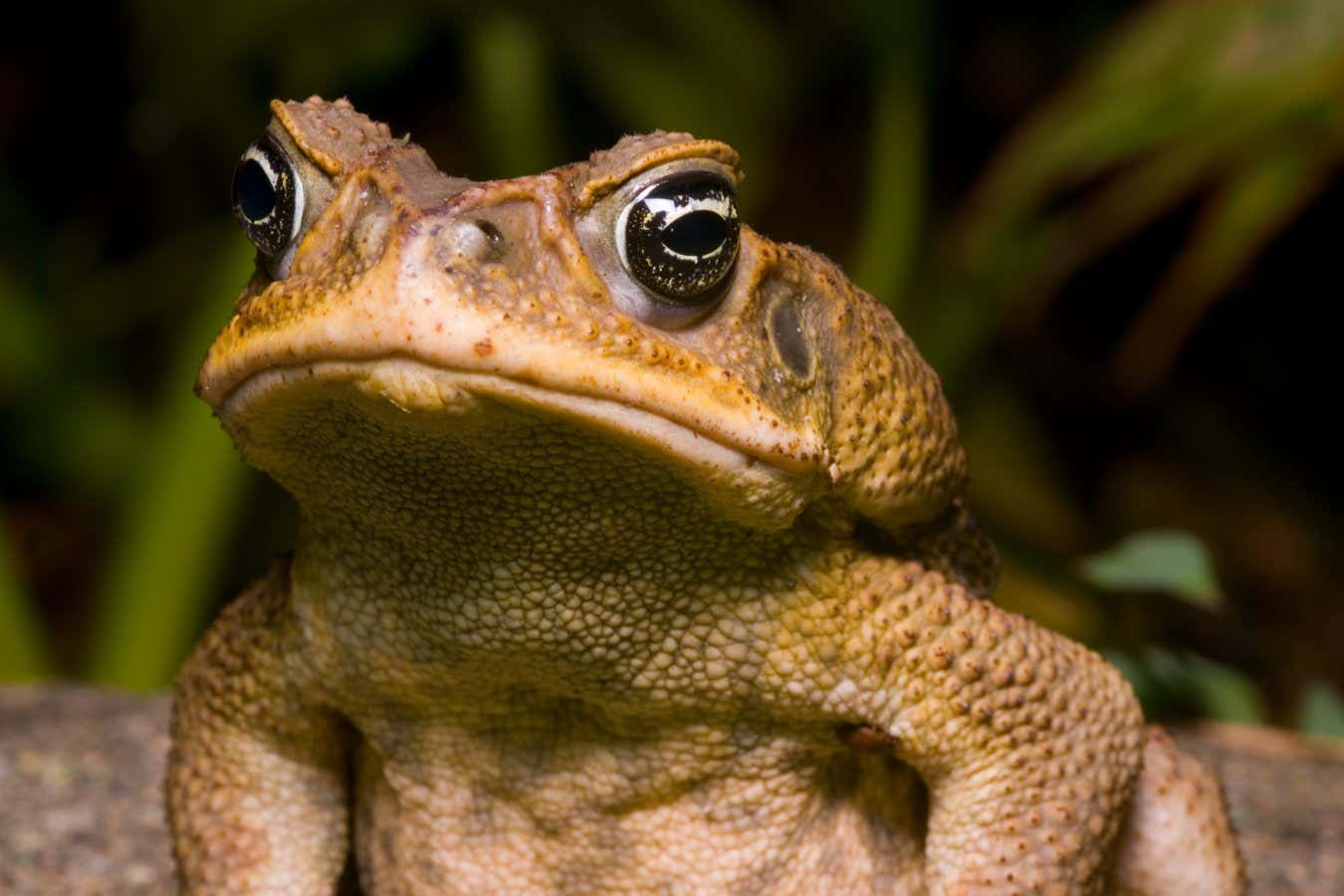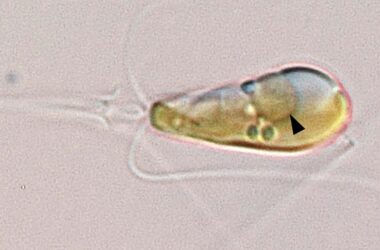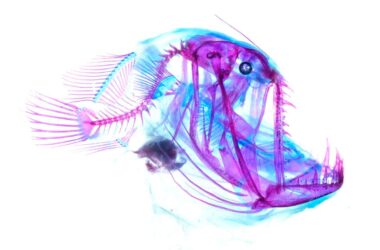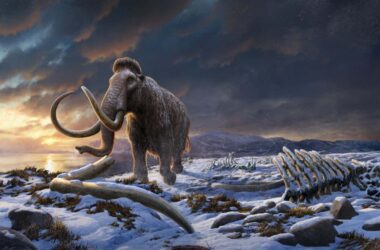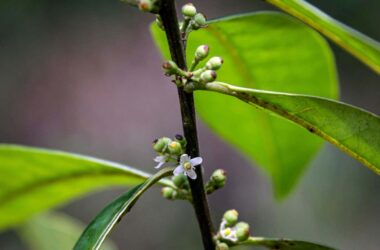The introduction of alien species through human activities has become a major threat to wildlife, food production, and human health. There are currently 37,000 alien species worldwide, with 3,500 of them causing significant harm. These invasive species are estimated to cost the global economy over $420 billion annually, according to a report by the Intergovernmental Science-Policy Platform on Biodiversity and Ecosystem Services (IPBES).
The report highlights the severity of the problem and emphasizes that it is a growing concern. Helen Roy, a researcher at the UK Centre for Ecology & Hydrology, who contributed to the report, describes it as a “huge problem.” However, there is hope in addressing the issue and preventing further introductions. Both individuals and governments can play a role in making a difference.
Individuals can take simple steps to prevent the spread of invasive species, such as not aiding in their dispersal and reporting their presence. In the UK, reports from the public have been instrumental in preventing the establishment of Asian hornets. Taking prompt action to destroy nests has successfully eliminated the species from becoming established in the country.
Despite individual efforts, global actions have been inadequate. The report reveals that only 17% of countries have national laws or regulations on alien species, and nearly half do not allocate any funds for combating biological invasions. To effectively address this issue, policies that cut across different sectors, including tourism, farming, aquaculture, pet trade, and gardening, need to be developed, according to Anne Larigauderie at IPBES.
Invasive species pose a significant threat to biodiversity, contributing to 60% of recent extinctions around the world. Helen Roy warns that if nothing changes, the total number of alien species globally is expected to increase by one-third by 2050. This projection does not account for other factors such as land clearance for agriculture and urbanization, as well as the impact of climate change.
The impact of invasive species extends beyond biodiversity loss. They also pose risks to food production and human health. For example, the spread of the water hyacinth in Lake Victoria has resulted in reduced fish catches. Some invasive plants, like giant hogweed, can cause severe blistering upon contact with human skin. Invasive grasses fueled recent wildfires in Hawaii, resulting in the loss of lives.
It is important to note that many of the currently non-problematic alien species could become problematic in the future. These species may remain dormant for decades until triggered by environmental changes or the introduction of another invasive species.
Insights:
The economic cost of invasive species is enormous, surpassing $420 billion each year. This indicates the need for urgent action and investment in managing and preventing the spread of these species.
Individuals can make a difference by being vigilant and reporting the presence of invasive species. Their contributions have already proven effective in preventing the establishment of certain invasive species in specific regions.
Effective management requires collaboration across different sectors, including agriculture, tourism, and the pet trade. Implementing policies that address invasive species in these areas can lead to a more coordinated effort.
The projected increase in alien species by 2050 highlights the need for proactive measures to prevent further introductions and minimize the impact on ecosystems and human well-being.




